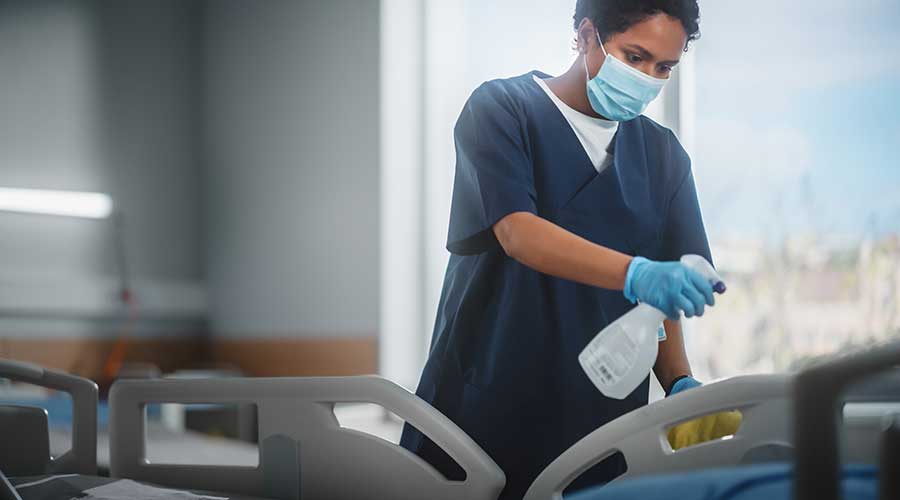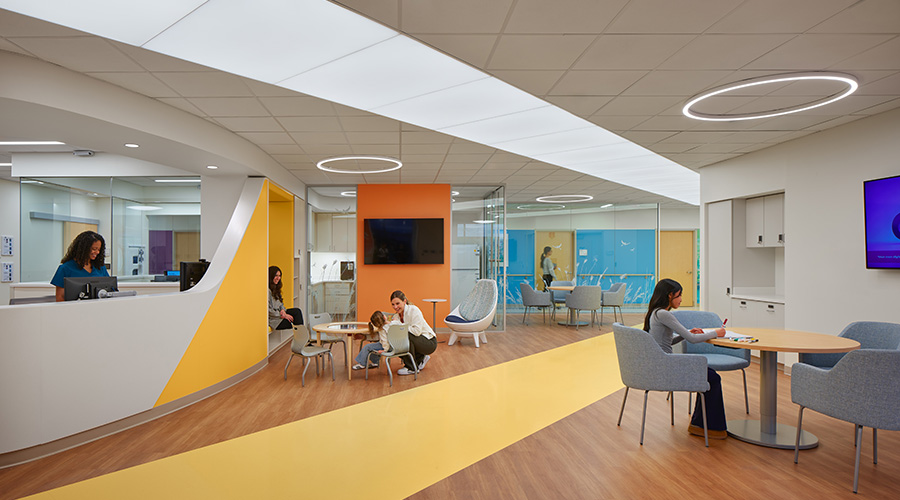CMS issued surveyor guidance for infection control and other critical areas that clarifies specific regulatory requirements and provides information on the way it will assess compliance. The guidance aims to support the implementation of the Long-Term Care (LTC) Facilities Requirements for Participation that were published in 2016. CMS also is revising its guidance to state agencies to strengthen the management of complaints and facility-reported incidents.
The updates to guidance are one piece of CMS’s ongoing effort to implement President Biden’s vision to protect seniors by improving the safety and quality of our nation’s nursing homes, as outlined in a fact sheet released in March 2022.
- The surveyor guidance addresses several key points on infection control:
- It requires facilities to have a part-time infection preventionist (IP).
- While the requirement is to have at least a part-time IP, the IP must meet the needs of the facility.
- The IP must physically work onsite and cannot be an off-site consultant or work at a separate location.
- The IP role is critical to mitigating infectious diseases through an effective infection prevention and control program.
- An IP specialized training is required and available.
Phase 3 requirements such as trauma-informed care, compliance and ethics, and quality assurance performance improvement, as well as the clarifications of quality of life and quality of care, food and nutrition services, and physical environment are also included in this guidance.
CMS will provide training in the Quality, Safety, and Education Portal (QSEP) for surveyors and nursing home stakeholders to explain the updates and changes of the regulations and interpretive guidance. Training on the updated software will be forthcoming in QSEP in early September 2022.

 Contaminants Under Foot: A Closer Look at Patient Room Floors
Contaminants Under Foot: A Closer Look at Patient Room Floors Power Outages Largely Driven by Extreme Weather Events
Power Outages Largely Driven by Extreme Weather Events Nemours Children's Health Opens New Moseley Foundation Institute Hospital
Nemours Children's Health Opens New Moseley Foundation Institute Hospital Code Compliance Isn't Enough for Healthcare Resilience
Code Compliance Isn't Enough for Healthcare Resilience Ribbon Cutting Marks First Phase Completion for New Montefiore Einstein Facility
Ribbon Cutting Marks First Phase Completion for New Montefiore Einstein Facility